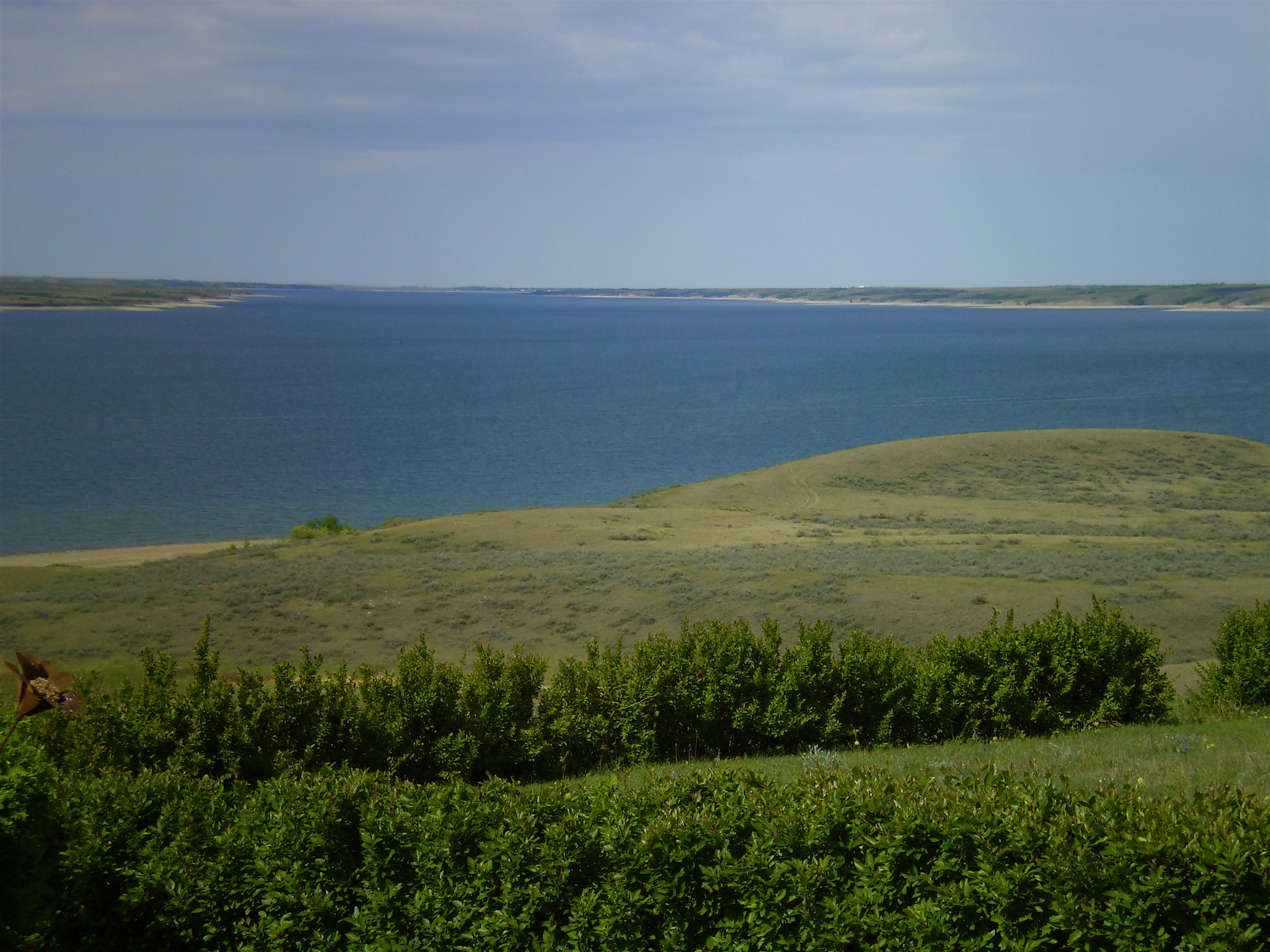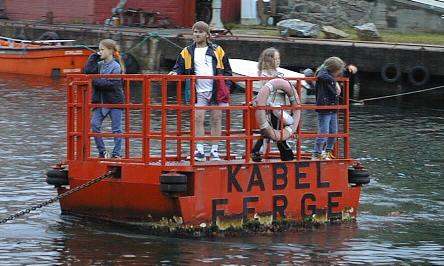|
Riverhurst
Riverhurst ( 2016 population: ) is a village in the Canadian province of Saskatchewan within the Rural Municipality of Maple Bush No. 224 and Census Division No. 7. It is in the southwest Coteau Hills area of the province, north of the Vermillion Hills. The community is located on Highway 42 east of Riverhurst Ferry. The village is primarily a farming community. The name is a portmanteau of Riverside and Boldenhurst, two nearby post offices. History Riverhurst incorporated as a village on June 22, 1916. Demographics In the 2021 Census of Population conducted by Statistics Canada, Riverhurst had a population of living in of its total private dwellings, a change of from its 2016 population of . With a land area of , it had a population density of in 2021. In the 2016 Census of Population, the Village of Riverhurst recorded a population of living in of its total private dwellings, a change from its 2011 population of . With a land area of , it had a population ... [...More Info...] [...Related Items...] OR: [Wikipedia] [Google] [Baidu] |
Riverhurst Ferry
The Riverhurst Ferry is a cable ferry in the Canadian province of Saskatchewan. The ferry carries Highway 42 across Lake Diefenbaker, linking Riverhurst on the east bank to Lucky Lake on the west bank. The ferry is operated by the Saskatchewan Ministry of Highways and Infrastructure, and travels a distance of some . The ferry is free of tolls and operates 24 hours a day. During daylight hours, there is an hourly crossing departing from the east bank on the hour and the west bank on the half-hour. At night, the ferry operates on demand. The ferry operates only during the ice-free season; during the winter months, the provincial government lays out and maintains an ice road An ice road or ice bridge is a human-made structure that runs on a frozen water surface (a river, a lake or a sea water expanse).Masterson, D. and Løset, S., 2011, ISO 19906: Bearing capacity of ice and ice roads, Proceedings of the 21st Inte ... across the lake. The Riverhurst Ferry is Saskatchewan's ... [...More Info...] [...Related Items...] OR: [Wikipedia] [Google] [Baidu] |
Saskatchewan Highway 42
Highway 42 is a highway in the Canadian province of Saskatchewan. It runs from the intersection of Highway 2 and Highway 202 near Tuxford until Highway 15. Highway 42 is about long. The highway also passes the communities of Marquis, Keeler, Brownlee, Eyebrow, Central Butte, Lawson, Riverhurst, Lucky Lake and Dinsmore, Saskatchewan. Highway 42 crosses Lake Diefenbaker on the long Riverhurst Ferry The Riverhurst Ferry is a cable ferry in the Canadian province of Saskatchewan. The ferry carries Highway 42 across Lake Diefenbaker, linking Riverhurst on the east bank to Lucky Lake on the west bank. The ferry is operated by the Saskatchewan ... route and ice road in the winter. Major intersections From south to north: References 042 {{Saskatchewan-road-stub ... [...More Info...] [...Related Items...] OR: [Wikipedia] [Google] [Baidu] |
Lake Diefenbaker
Lake Diefenbaker is a reservoir and bifurcation lake in Southern Saskatchewan, Canada. It was formed by the construction of Gardiner Dam and the Qu'Appelle River Dam across the South Saskatchewan and Qu'Appelle Rivers respectively. Construction began in 1959 and the lake was filled in 1967. The lake is long with approximately of shoreline. It has a maximum depth of , while the water levels regularly fluctuate 3–9 metres (9–27 feet) each year. Lake Diefenbaker provides water for domestic irrigation and town water supplies. The flow of the two rivers is now regulated with a considerable portion of the South Saskatchewan diverted into the Qu'Appelle. Prior to the dams' construction, high water levels in the South Saskatchewan would frequently cause dangerous ice conditions downstream in Saskatoon while the Qu'Appelle would frequently dry up in the summer months. Lake Diefenbaker is the largest body of water in southern Saskatchewan, although Last Mountain Lake is th ... [...More Info...] [...Related Items...] OR: [Wikipedia] [Google] [Baidu] |
Cable Ferry
A cable ferry (including the terms chain ferry, swing ferry, floating bridge, or punt) is a ferry that is guided (and in many cases propelled) across a river or large body of water by cables connected to both shores. Early cable ferries often used either rope or steel chains, with the latter resulting in the alternative name of chain ferry. Both of these were largely replaced by wire cable by the late 19th century. Types There are three types of cable ferry: the reaction ferry, which uses the power of the river to tack across the current; the powered cable ferry, which uses engines or electric motors (e.g., the Canby Ferry in the U.S. State of Oregon) to wind itself across; and the hand-operated type, such as the Stratford-upon-Avon chain ferry in the UK and the Saugatuck Chain Ferry in Saugatuck, Michigan, United States. Powered cable ferries use powered wheels or drums on board the vessel to pull itself along by the cables. The chains or wire ropes can be used with a s ... [...More Info...] [...Related Items...] OR: [Wikipedia] [Google] [Baidu] |
List Of Regions Of Canada
The list of regions of Canada is a summary of geographical areas on a hierarchy that ranges from national (groups of provinces and territories) at the top to local regions and sub-regions of provinces at the bottom. Administrative regions that rank below a province and above a municipality are also included if they have a comprehensive range of functions compared to the limited functions of specialized government agencies. Some provinces and groups of provinces are also quasi-administrative regions at the federal level for purposes such as representation in the Senate of Canada. However regional municipalities (or regional districts in British Columbia) are included with local municipalities in the article List of municipalities in Canada. National regions The provinces and territories are sometimes grouped into regions, listed here from west to east by province, followed by the three territories. Seats in the Senate are equally divided among four regions: the West, Ontario, Qu ... [...More Info...] [...Related Items...] OR: [Wikipedia] [Google] [Baidu] |
Village
A village is a clustered human settlement or community, larger than a hamlet but smaller than a town (although the word is often used to describe both hamlets and smaller towns), with a population typically ranging from a few hundred to a few thousand. Though villages are often located in rural areas, the term urban village is also applied to certain urban neighborhoods. Villages are normally permanent, with fixed dwellings; however, transient villages can occur. Further, the dwellings of a village are fairly close to one another, not scattered broadly over the landscape, as a dispersed settlement. In the past, villages were a usual form of community for societies that practice subsistence agriculture, and also for some non-agricultural societies. In Great Britain, a hamlet earned the right to be called a village when it built a church. [...More Info...] [...Related Items...] OR: [Wikipedia] [Google] [Baidu] |
Provinces And Territories Of Canada
Within the geographical areas of Canada, the ten provinces and three territories are sub-national administrative divisions under the jurisdiction of the Canadian Constitution. In the 1867 Canadian Confederation, three provinces of British North America—New Brunswick, Nova Scotia, and the Province of Canada (which upon Confederation was divided into Ontario and Quebec)—united to form a federation, becoming a fully independent country over the next century. Over its history, Canada's international borders have changed several times as it has added territories and provinces, making it the world's second-largest country by area. The major difference between a Canadian province and a territory is that provinces receive their power and authority from the '' Constitution Act, 1867'' (formerly called the '' British North America Act, 1867''), whereas territorial governments are creatures of statute with powers delegated to them by the Parliament of Canada. The powers flowing ... [...More Info...] [...Related Items...] OR: [Wikipedia] [Google] [Baidu] |
2016 Canadian Census
The 2016 Canadian census was an enumeration of Canadian residents, which counted a population of 35,151,728, a change from its 2011 population of 33,476,688. The census, conducted by Statistics Canada, was Canada's seventh quinquennial census. The official census day was May 10, 2016. Census web access codes began arriving in the mail on May 2, 2016. The 2016 census marked the reinstatement of the mandatory long-form census, which had been dropped in favour of the voluntary National Household Survey for the 2011 census. With a response rate of 98.4%, this census is said to be the best one ever recorded since the 1666 census of New France. This census was succeeded by Canada's 2021 census. Planning Consultation with census data users, clients, stakeholders and other interested parties closed in November 2012. Qualitative content testing, which involved soliciting feedback regarding the questionnaire and tests responses to its questions, was scheduled for the fall of 2013, wi ... [...More Info...] [...Related Items...] OR: [Wikipedia] [Google] [Baidu] |
2021 Canadian Census
The 2021 Canadian census was a detailed enumeration of the Canadian population with a reference date of May 11, 2021. It follows the 2016 Canadian census, which recorded a population of 35,151,728. The overall response rate was 98%, which is slightly lower than the response rate for the 2016 census. It recorded a population of 36,991,981, a 5.2% increase from 2016. Planning Consultation on census program content was from September 11 to December 8, 2017. The census was conducted by Statistics Canada, and was contactless as a result of the COVID-19 pandemic in Canada. The agency had considered delaying the census until 2022. About 900 supervisors and 31,000 field enumerators were hired to conduct the door-to-door survey of individuals and households who had not completed the census questionnaire by late May or early June. Canvassing agents wore masks and maintained a physical distance to comply with COVID-19 safety regulations. Questionnaire In early May 2021, Statistics Ca ... [...More Info...] [...Related Items...] OR: [Wikipedia] [Google] [Baidu] |
2016 Canadian Census
The 2016 Canadian census was an enumeration of Canadian residents, which counted a population of 35,151,728, a change from its 2011 population of 33,476,688. The census, conducted by Statistics Canada, was Canada's seventh quinquennial census. The official census day was May 10, 2016. Census web access codes began arriving in the mail on May 2, 2016. The 2016 census marked the reinstatement of the mandatory long-form census, which had been dropped in favour of the voluntary National Household Survey for the 2011 census. With a response rate of 98.4%, this census is said to be the best one ever recorded since the 1666 census of New France. This census was succeeded by Canada's 2021 census. Planning Consultation with census data users, clients, stakeholders and other interested parties closed in November 2012. Qualitative content testing, which involved soliciting feedback regarding the questionnaire and tests responses to its questions, was scheduled for the fall of 2013, wi ... [...More Info...] [...Related Items...] OR: [Wikipedia] [Google] [Baidu] |


